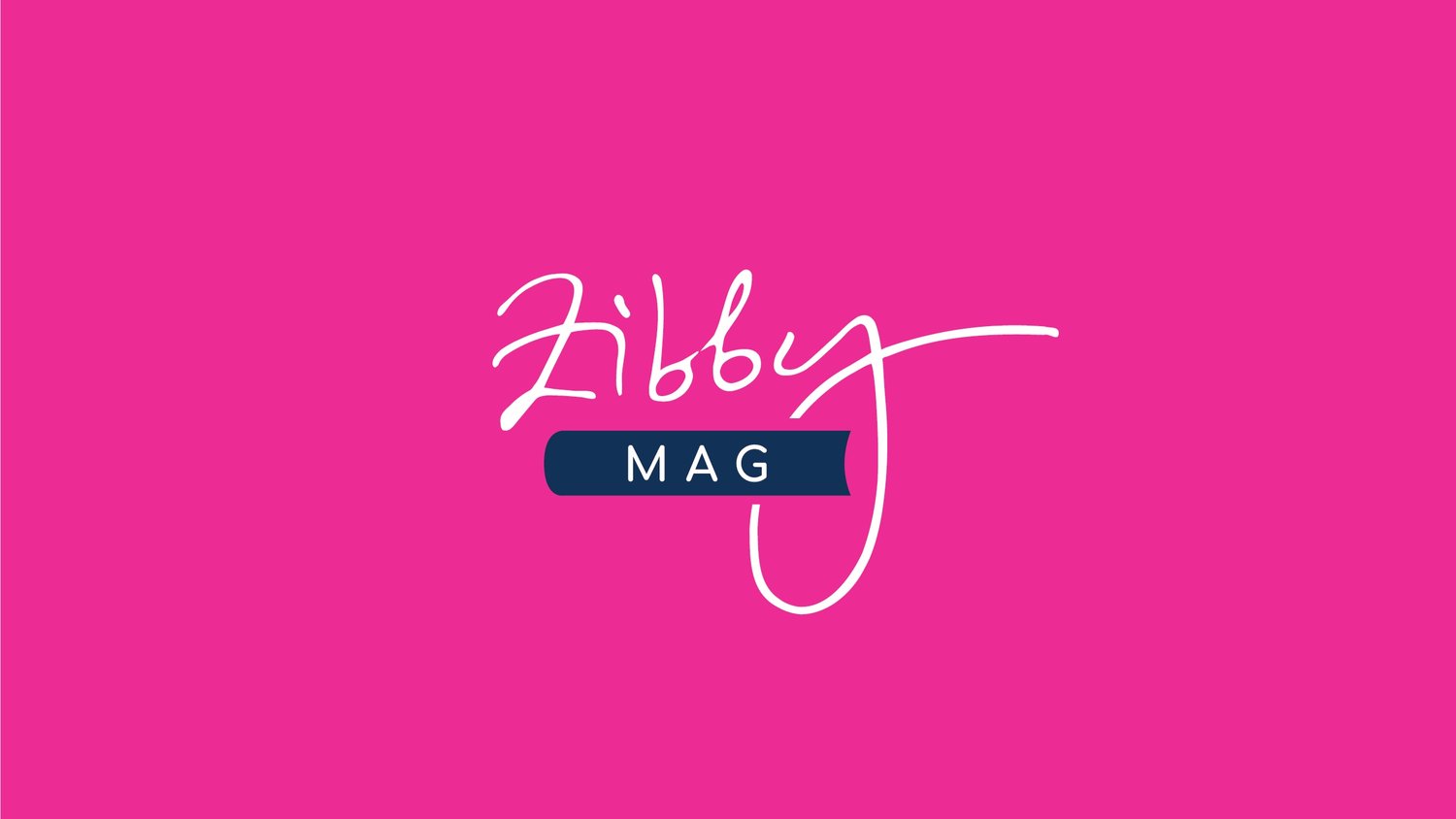#1 NYT Bestselling Author Melissa Urban Shares 5 Boundary-Setting Tips
By Melissa Urban
You’ve likely heard the word “boundaries” a lot in the last two years. You might have a squishy idea of what they are or why some people find them uncomfortable. There are a lot of misconceptions about boundaries and, to make it worse, no one teaches us about them. They’re rarely modeled at home, not taught in school, and likely not part of your professional development at work. In fact, most of what you know about boundaries probably came from a therapist on social media, if you happen to be on that side of TikTok.
The truth is, setting boundaries is an essential life skill, like time management and budgeting. Unfortunately, as my credit report from 2001 would prove, many of us realize these skills are lacking only during times of crisis, and we’re forced to pick them up under less-than-ideal circumstances. But what if I told you everything you thought you knew about boundaries was wrong, that starting your own boundary practice was easier than you ever imagined, and that just a few sentences spoken clearly and kindly could immediately help you reclaim your time, energy, mental health, and capacity, and free you from resentment, anxiety, frustration, and dread?
They don’t call me The Boundary Lady for nothing. If I had you at “mental health,” read on for a boundary crash course in five easy steps.
Step 1: Reframe
First, we have some unlearning to do: boundaries are not controlling, mean, or selfish. A boundary doesn’t tell someone else what to do, only what you are willing to do to protect your health and safety, and preserve the relationship. A boundary is an invitation to the people in your life to form a relationship that works for both of you and keeps you from feeling resentful, frustrated, angry, or burned out.
Boundaries provide you with a sense of safety because your relationship partner knows you are taking responsibility for your own feelings and needs instead of holding them in, dumping them on their lap, or blowing up in frustration. Boundaries also model clear and healthy communication, where each party says what they mean and trusts the other to do the same.
Imagine how your relationships would improve if you felt free to speak your truth, and could count on your partner to reply in kind?
Step 2: Spot the red flags
Think about the relationships in your life—familial, professional, or even friendships. Are there any relationships you feel conflicted about right now? These could even be relationships with people you really like, admire, and want to keep in your life, but the thought of interacting with them brings you anxiety or even dread. That sense of apprehension is your first boundary red flag.
Here are some other clear indicators that a boundary might be needed. Listen to these alarms and use them to pinpoint where you need a boundary, and what that limit is:
You feel dread or anxiety around people, situations, or conversation topics
You consistently avoid certain people
You regularly receive unsolicited opinions or commentary
You agree to everything just so things can “go smoothly.”
You consistently feel taken advantage of
You feel drained in their presence or after they leave
You feel like you have to change who you are to be accepted by them
Step 3: Use clear, kind language
You’ve likely been frustrated in the past when someone doesn’t “get” your boundary. But did you actually set the limit, or did you just roll your eyes, make a passive-aggressive comment, and use body language to communicate your displeasure? Take Laura, whose mother-in-law would start “helpfully” organizing her cabinets whenever she’d visit. Laura would say, “Oh, you don’t have to do that,” but her mother-in-law would just say, “I don’t mind!” It wasn’t until Laura said, “Please don’t do that. I prefer my storage containers where they are,” that the behavior stopped.
When it comes to boundaries, clear is kind. Showing people exactly where your limit is and how they can help you preserve it is kind. By comparison, leaving them to guess and potentially face your disappointment if they unknowingly get it wrong is quite unkind. So when you’re considering the words you’ll use to set your next boundary, ask yourself, “When I’m done talking, will they know exactly where my limit is, and how to avoid crossing it?”
Step 4: Hold the boundary
The first rule of parenting is never to set a consequence you’re not willing to enforce—the same goes for boundaries. If your relationship partner fails to respect your limit, you’ll have to escalate your boundary language to a stronger request (such as: “Gail, if you won’t stop rearranging my things, I’m going to ask you to leave”) or impose the actual boundary which may involve not inviting your mother-in-law into your home for a period of time.
And no, that’s not mean or rude. You set a perfectly reasonable limit, and it’s your mother-in-law who is being rude by disrespecting your request. But you have to be prepared to enact your boundary should you continue to be faced with defensiveness, pushback, or manipulative tactics. Otherwise, your limit is meaningless.
Step 5: Practice, practice, practice
As with anything worthwhile, setting boundaries is a practice. Go into these conversations assuming that the other person just didn’t know you had a limit and, once you express it, they’ll be more than willing to respect it for the good of your relationship. (That happens way more often than you might think.) Practice your boundary scripts often! Tell your shower wall, “That project isn’t a good fit,” tell your dog, “I’m not drinking right now,” and tell your steering wheel, “Please don’t do that, I like my storage containers where they are.” The more you practice, the more natural these boundaries will sound, and the more confidence you’ll feel as you speak them out loud.
Finally, remember that people get to feel however they want to feel about your boundary, and it’s not your responsibility to manage their feelings. If someone responds poorly, that’s not a sign that your boundary was somehow bad or wrong. Trust yourself, check in with your own needs regularly, and remember that your comfort and feelings matter just as much as anyone else’s.
Go forth and set boundaries, and make this Boundary Lady proud.
++
Melissa Urban is CEO of the Whole30 and an authority on helping people create lifelong healthy habits. She is a six-time New York Times bestselling author (including the #1 bestseller The Whole30), and has been featured by Good Morning America, The New York Times, The Wall Street Journal, and CNBC. Purchase your own copy of The Book of Boundaries: End Resentment, Burnout, and Anxiety—and Reclaim Your Time, Energy, Health, and Relationships here!


